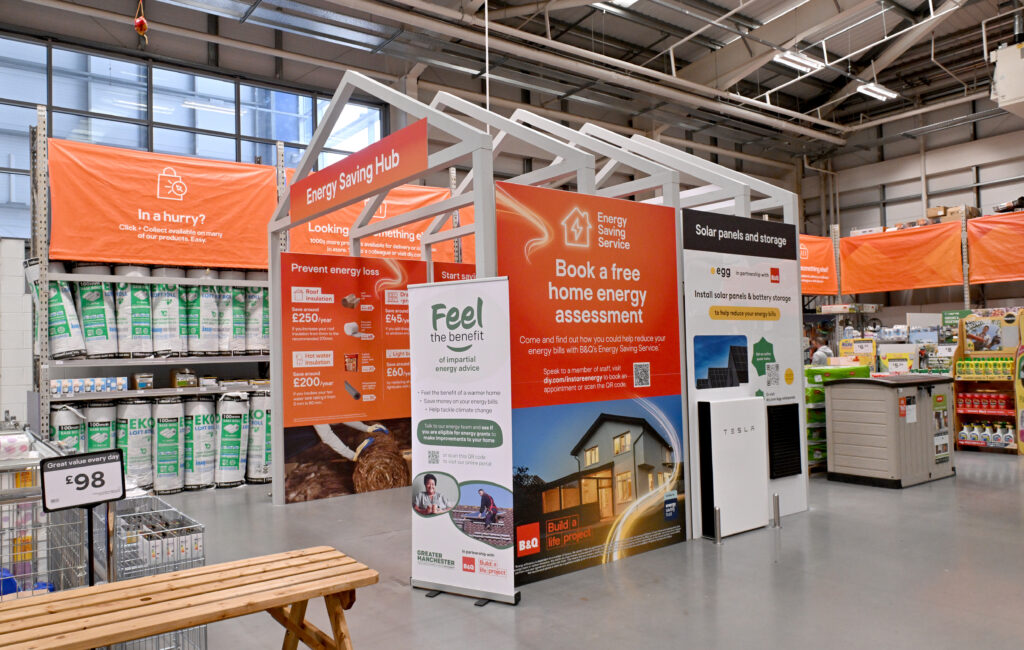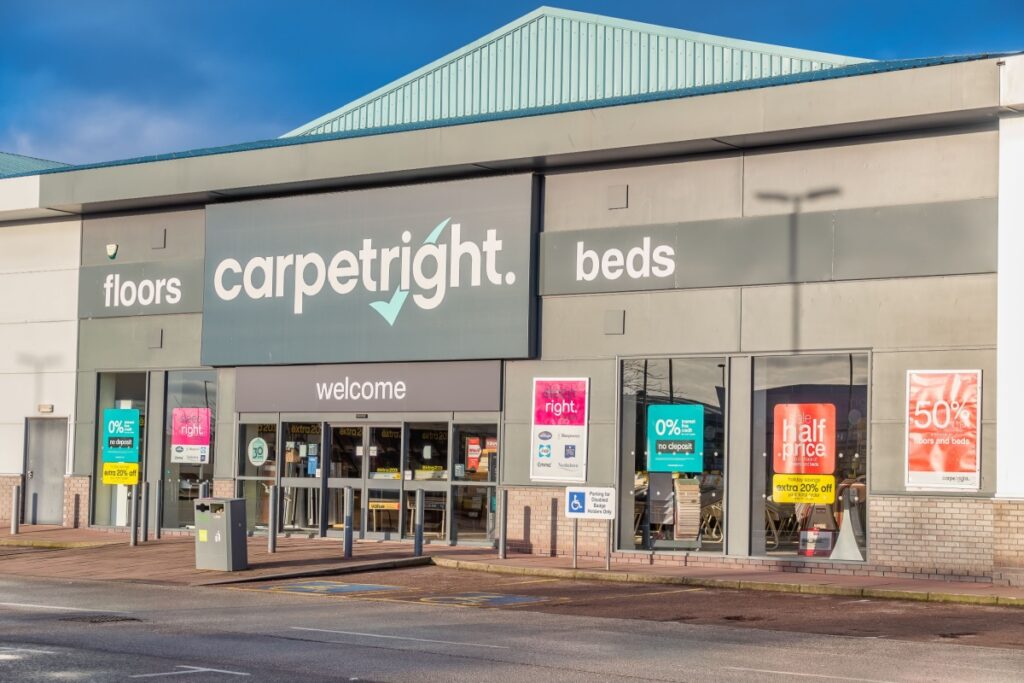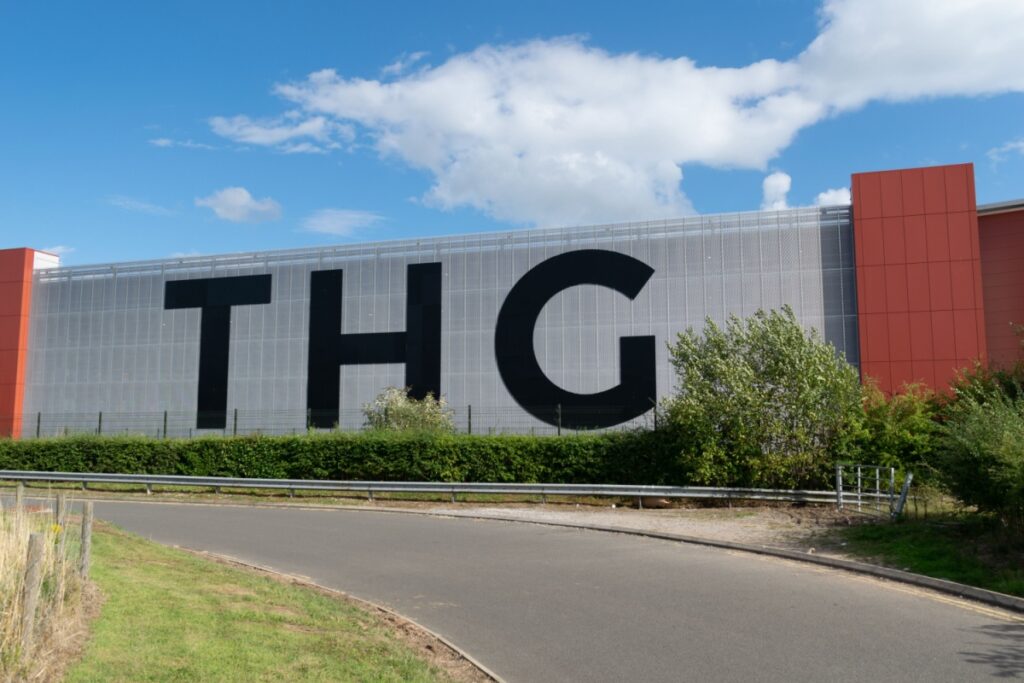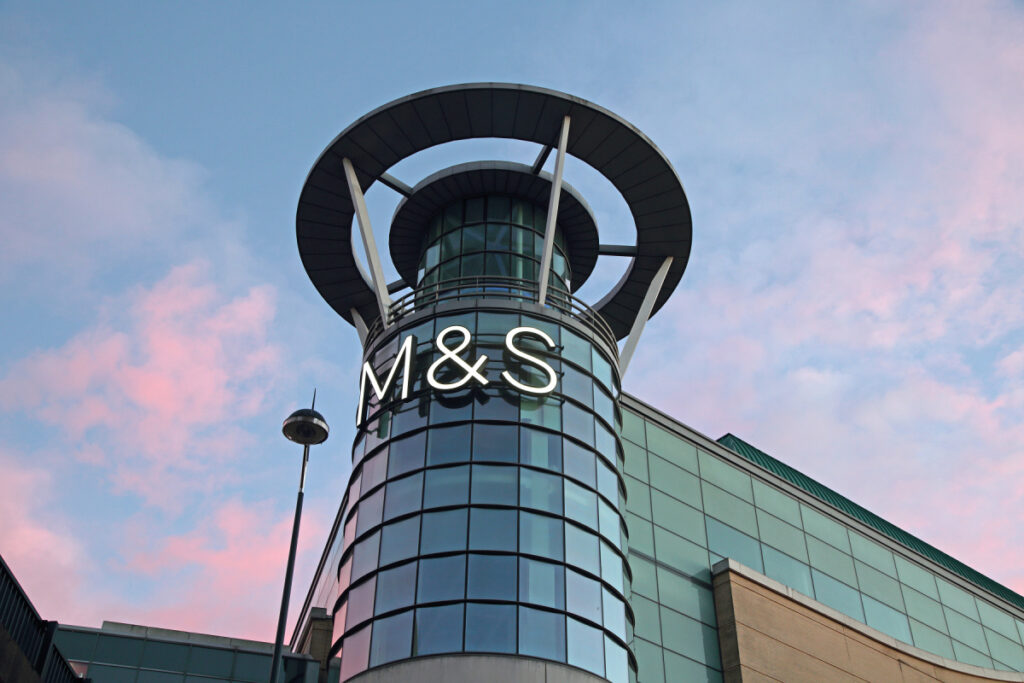In my previous article ‘Getting social media right for the Games‘, I looked at how retailers can use social media during the 2012 Olympics to maximise profits and form long-term relationships with international customers. This month, I would like to discuss the idea of shopping while on the move. What new technologies are retailers using to engage with consumers whilst they travel – from their daily commute to work, to going on holiday – and how is it impacting their shopping habits?
Today‘s retailer faces some of the toughest issues ever experienced in the history of the industry – from a fundamental change in the way people shop to increased expectations for service and price. Addressing these issues will require a new way of thinking – and a new way of marketing. The real problem is, today‘s shoppers are often too busy to visit a physical store, let alone pop down to their local Morrisons to buy a pint of milk. How can retailers use new technologies to better serve and generate more revenue from these time-starved consumers?
According to a study by TUC last year, the average worker spends nearly 200 hours a year commuting to and from work. Those working in London have the longest commuting time, with the average worker spending 277 hours getting to and from work. This equates to 37.8 minutes per journey each way in the capital. With so much spare time spent on trains and other forms of transport, how can retailers pull commuters‘ attention away from their iPads and Kindles, and towards their products and services; or more specifically engage with commuters via their iPads and Kindles?
There is no doubt that mobile is changing the way that people search and buy products. Around half of people in the UK have a smartphone, and 90% of those people are using their phone while on the go. Consequently, mobile is transforming the way we live and the way we shop. Research by the Centre for Retail Research suggests that consumers are expected to spend £4.5bn using mobile devices in 2012, a 53 percent rise on 2011. The trend has led Transport for London to roll out free Wi-Fi – run by Virgin Media – across its network, with 72 stations already carrying the service. Wi-Fi has been free during the Olympics, but users will have to pay a fee after the Games have finished. The service means that the public can browse the web using their smart phones from station ticket offices, escalators and platforms. Retailers hope the move will encourage more people to shop while on the go.
By employing some of the technologies used by today‘s tech-savvy consumers, retailers can effectively communicate with travellers, boosting revenue while making their brands more engaging, entertaining and user-friendly. For example, supermarket giant, Tesco has recently launched an interactive virtual grocery store at Gatwick Airport. Based in Gatwick‘s North Terminal departure lounge, it is the first of its kind in the UK, and will allow 30,000 people who depart from the terminal each day to stock up their fridges for when they return from their travels.
The technology is being trialled for two weeks to gauge interest. If successful, we can assume Tesco will roll out the service elsewhere. The initiative builds on the retailer‘s launch of a virtual store in Seoul, South Korea, last year, which allowed commuters to shop in subways and at bus stops by pointing their mobile phones at billboards. A strategic move by the supermarket giant, who claims that 90% of the UK population will have a smartphone by 2016 and that it will double its online grocery sales to £5.5bn in the next five years.
Digital technology allows the storefront to appear anytime, anywhere – providing a great platform to those wishing to target consumers while on the move. Another great example is HMV and Fox, who launched their first virtual shop last year at selected UK bus shelters. The service enabled customers to se
RELATED STORIES

















